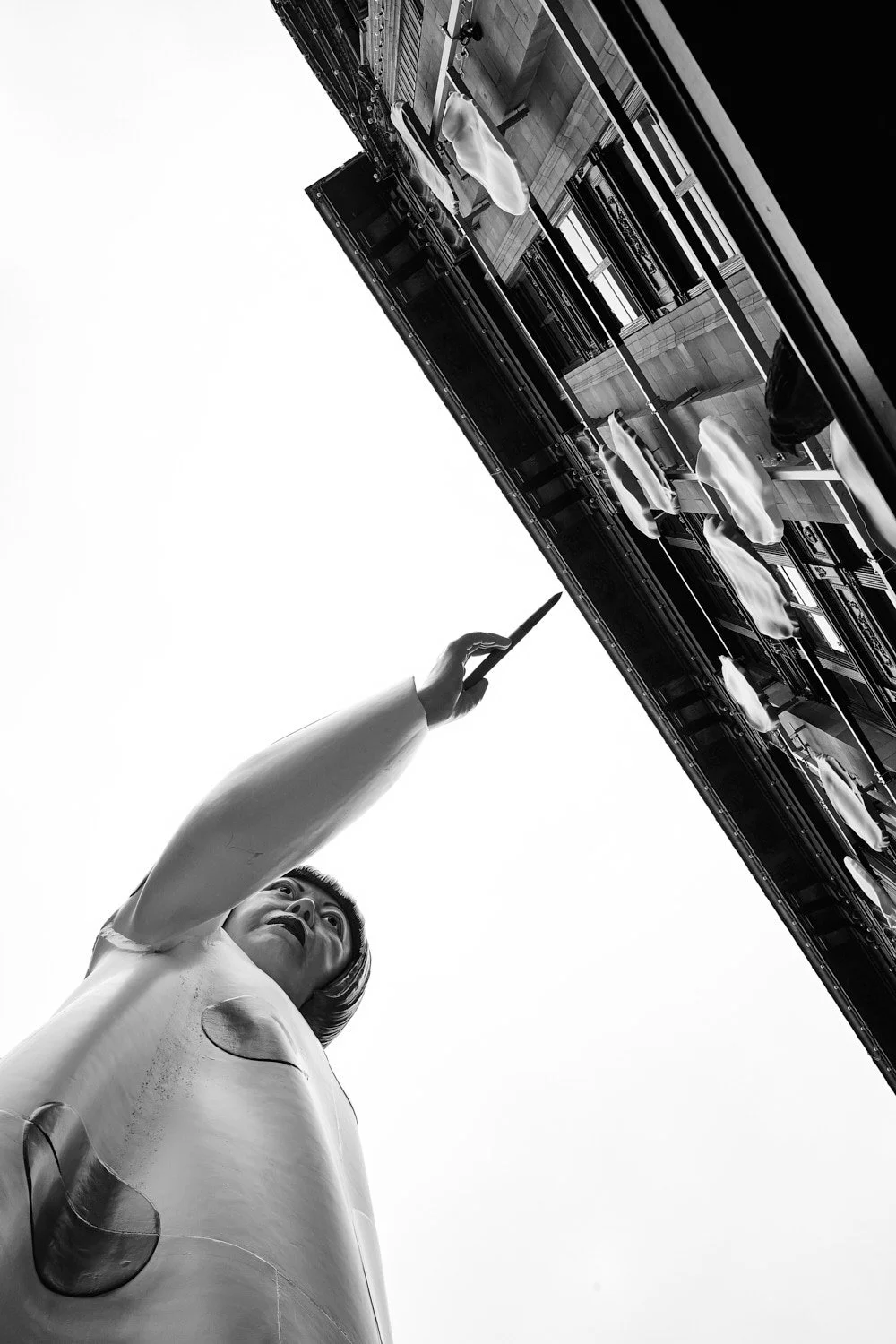Two years with the 50mm Summicron - the worlds greatest 50mm lens for street photography
After owning the 50mm Summicron Version 4 for a couple of years now, I have decided to expand on my previous blog post about this great lens, with some more words and photographs.
My original challenge was to shoot this lens exclusively for six months, but in truth, I have rarely removed it from my M10 since I obtained it. I have tried to get comfortable with the 28mm focal length but I am starting to realise the wide frame-lines, the distance you need to fill the frame and the zone-focused method of shooting that the 28mm excels at, just do not suit my style of shooting.
The M is a camera that is perfectly designed for a 50mm lens in my opinion. The frame-lines work brilliantly to include exactly what you want while excluding any distracting elements. Being originally designed with the light 50mm lens in mind, it’s no wonder the Summicron balances so well on an M body. Remaining compact and not front heavy, walking around with the M10 and a 50mm Summicron attached is the perfect setup to capture moments and remain inspired. A historic pair that have been responsible for many of history’s best photographs and one I would recommend every passionate street photographer try at least once.
I usually run this configuration without a thumb-grip or lens hood as I find both unnecessary with the Summicron. It keeps the package small and comfortable so that I am never tempted to put the camera away and miss any shots.
I don’t know whether it is the camera sensor or lighting scenarios I have used it in, but I really like the rendering of black and white images I have taken with this lens. Being on the vintage side of things, it would make sense that the Summicron was developed with b&w film in mind but the sharpness, contrast and out of focus areas really seem to suit a monochrome edit.
The Summicron isn’t thought of as the first choice for portraiture and I do not see many examples online of it being used as such. Though I wouldn’t purchase it primarily for this reason, I do think the ‘Cron holds it’s own for a flattering portrait at f2 or f2.8. Sure, you. don’t get the extreme bokeh of the Summilux or Noctilux lenses but you still get the lovely compression of a 50mm lens and, with enough distance behind your subject, you can achieve some nice 3D pop and. creamy out-of-focus area.
While in Vienna last year, I tried a couple of Version 4’s in the local Leica store and noticed both of their focus rings were significantly smoother than mine. I have put the service off so far as I just do not want to be without it for any significant length of time, but I think a full overhaul with 6-bit coding will be in my future and hopefully allow my lens trouble-free shooting for many years to come. Setting the lens code manually in camera for EXIF data has worked well enough this far but I would love to be able to not worry about forgetting this on the rare time that I swap lenses.
Part of the love of using an M is having access to 70+ years of the worlds best optics and I love trying out as many as I can. Something tells me though that no matter how many lenses I am lucky enough to end up with, I will end up coming back to the 50mm Summicon. The performance to size ratio are unmatched and I quite like using a 46 year lens design as my main lens while getting modern results. It’s a lens I plan to own for a very long time and I hope to one day test this Summicron out on an M3 while shooting film.
Bigger and flashier lenses may get more spectacular results but walking around with a Leica M with a 50mm Summicron just feels right.






































